Using off-camera flash | Tips for photographers
Most photographers start out as “natural light” photographers. This means that they use only the light available to them to photograph their subjects. They will often use natural reflectors, such as sidewalks, white walls, mirrors, etc to help “light” the subject, or will sometimes use a photography reflector as fill light without adding any artificial light.
I started my photography career head-on with a mix of both natural light and flash photography. My first light kit included two studio strobe lights, and along the way I added speedlights to the mix, and eventually ditched the studio lights all together. My current lighting kit includes 3 speedlights — two I generally use off camera for portraits, and for wedding receptions I use one “on camera” and two off-camera. My off-camera lights are triggered wirelessly with a radio signal using Pocket Wizards. The on-camera light is important for receptions because it ensures that I always have some light in front of my subjects, but the two extra flashes in the corners always give me a little extra oomph, plus hair light and/or rim light.
For portraits, I typically cross-light with my Westcott Rapid Box octobox in front at about a 30-45 degree angle, with a gridded speedlight slightly back and to the side of the subject for a sort of rim/hair light. I have TONS of light modifiers that I love to use to shape the light, and my favorite tool right now is the Magmod lineup (referral link). I use the Magsphere, grids, and creative gels to completely control the direction, color, and shape of my light. They have been a HUGE asset to my camera bag! I also love my Westcott Rapid Boxes. I have both the strip light and the larger octobox.
The Eachshot handheld magic tube light is one of my newest favorite tools — it’s a continuous light that doesn’t work great for groups, but is awesome for detail shots or individual portraits when you don’t want to drag out a bunch of equipment or you’re in a hurry. For formal family groups at a wedding, I typically still fall back on my reliable old shoot-thru umbrellas so spread the light nice and evenly and give me amazing coverage with just 3 speedlights.
I cannot imagine not having my lighting setups available to me at all times. I know that in the winter or in inclement weather, I can easily shoot indoors with no worries about whether or not I will have enough light. Most of the wedding venues I photograph in have very few or no windows at all, plus most of the action happens after the sun sets, so I know that I need to have artificial light at my disposal. Off-camera flash covers all my bases, and my clients know from my portfolio that I can work in any type of venue or lighting situation and still create amazing images for them. Basically, I am never afraid of the dark! :)
If you're still unsure of where to start as you add off-camera flash (OCF) into your repertoire, I'd be happy to help out! I offer one-on-one mentoring (minimum of 2 hours). I take a look at your portfolio, go through your equipment list, and help you decide what tools and settings you need to achieve the look you're wanting. Good luck!!






